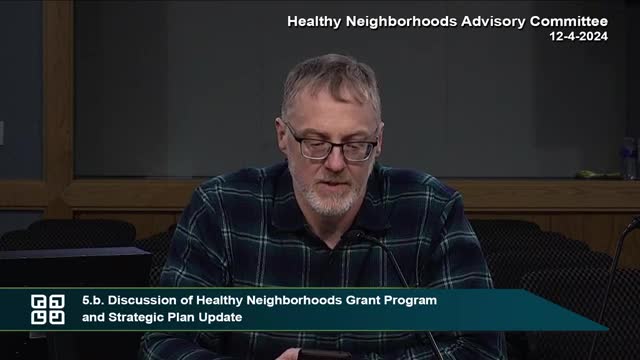City plans to transform neighborhoods into walkable communities
December 05, 2024 | Fitchburg, Dane County, Wisconsin
Thanks to Scribe from Workplace AI , all articles about Wisconsin are free for you to enjoy throughout 2025!

This article was created by AI using a video recording of the meeting. It summarizes the key points discussed, but for full details and context, please refer to the video of the full meeting. Link to Full Meeting
One committee member passionately addressed concerns regarding a proposed development at the corner of Fitzrona and McKee. He highlighted the unique location, just a short walk from essential services like Target and Hy-Vee, and emphasized the importance of creating a pedestrian-friendly environment. “Drive-thrus with their massive parking lots and constant traffic are openly hostile to pedestrians,” he stated, urging the committee to reconsider such developments that could hinder community cohesion.
The member pointed out that the current design of many drive-through businesses, which often allocate 90% of their space to parking, does not align with Fitchburg’s comprehensive plan. This plan advocates for compact urban communities and mixed-use developments that foster a sense of community and reduce vehicle miles traveled. He argued that the city should be moving towards more sustainable practices, especially in light of climate change.
The discussion also touched on the redundancy of certain services in the area, noting that within a short distance, residents have access to multiple restaurants and car washes. This redundancy raises questions about the necessity of new drive-through establishments, especially when cities across the nation, including Minneapolis and Atlanta, have begun to ban them altogether.
As the meeting progressed, committee members recognized the need for further discussions on these topics. One member suggested that the committee could make recommendations to the common council regarding the importance of walkable neighborhoods and the potential impact of zoning codes on community health.
The conversation underscored a broader commitment to ensuring that Fitchburg’s growth aligns with its goals for healthy neighborhoods. With a comprehensive plan that spans over 130 pages, the city has a detailed roadmap for its future, emphasizing the importance of thoughtful planning and community engagement.
As the meeting concluded, the committee left with a renewed sense of purpose, eager to explore how they could influence future developments to create a vibrant, walkable community that prioritizes the health and well-being of its residents.
Converted from Fitchburg, WI Healthy Neighborhoods Advisory Committee 12-4-24 meeting on December 05, 2024
Link to Full Meeting
Comments
View full meeting
This article is based on a recent meeting—watch the full video and explore the complete transcript for deeper insights into the discussion.
View full meeting
